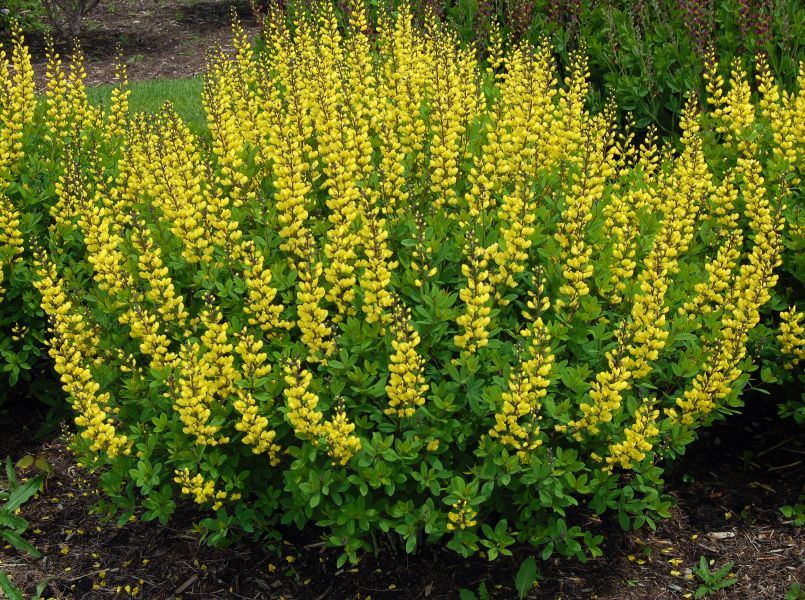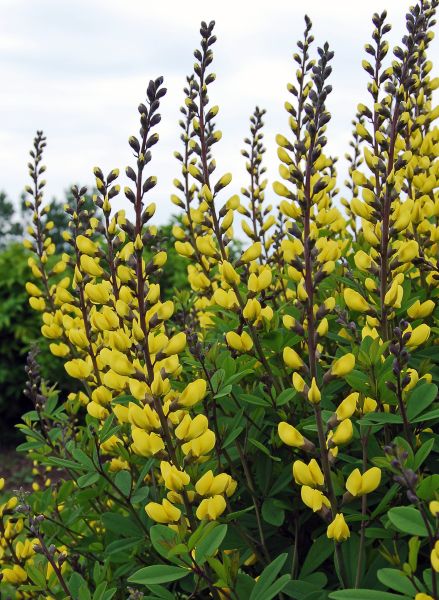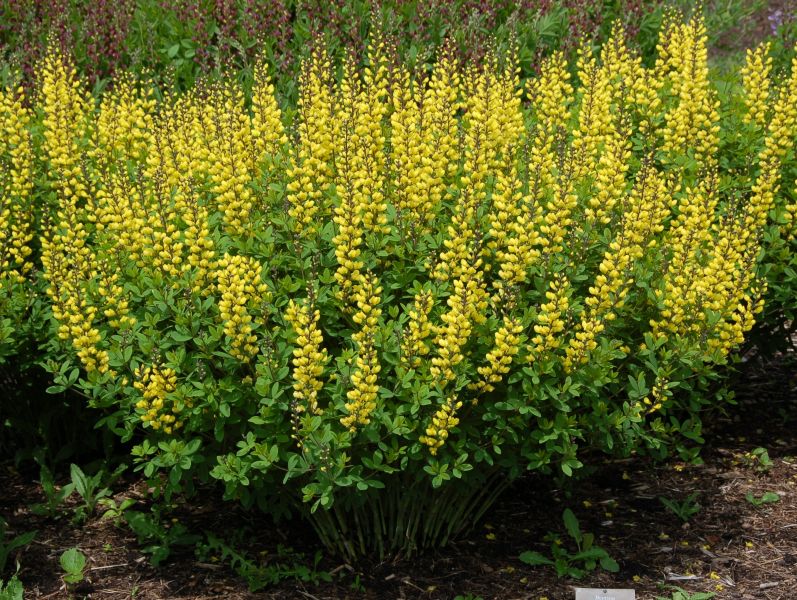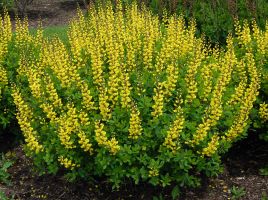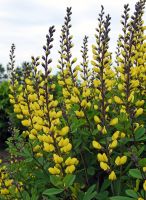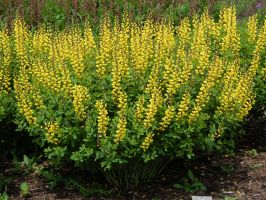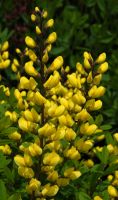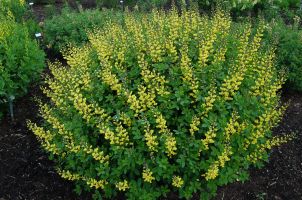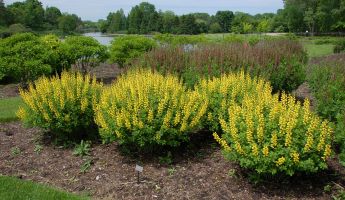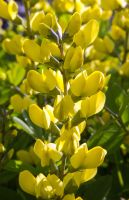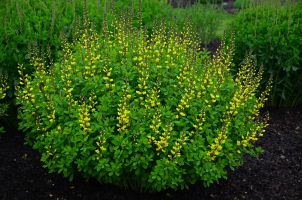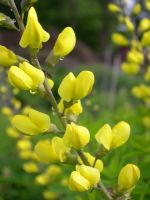Baptisia Sunny Morning
A profusion of vibrant, lemon yellow flowers.
This stunning false indigo was selected for its amazing profusion of vibrant lemon-yellow flowers borne on charcoal-gray-tinted stems, all dramatically displayed above the medium to dark green foliage. Plants bloom for three weeks, beginning in early May (USDA Zone 5)—a good ten days ahead of Baptisia sphaerocarpa. ‘Sunny Morning’ is a vigorous plant with many stems, and its dense, uniformly broad-rounded habit is maintained all growing season. Best adapted to acidic to neutral soils, as the foliage may become chlorotic on high pH soils, this selection is otherwise vigorous and adaptable. It is a primary hybrid of B. sphaerocarpa and B. albescens.
Who Am I?
-
Common Name:Sunny Morning false indigo
-
Botanical Name:Baptisia 'Sunny Morning' PP25479
-
Type:Perennial
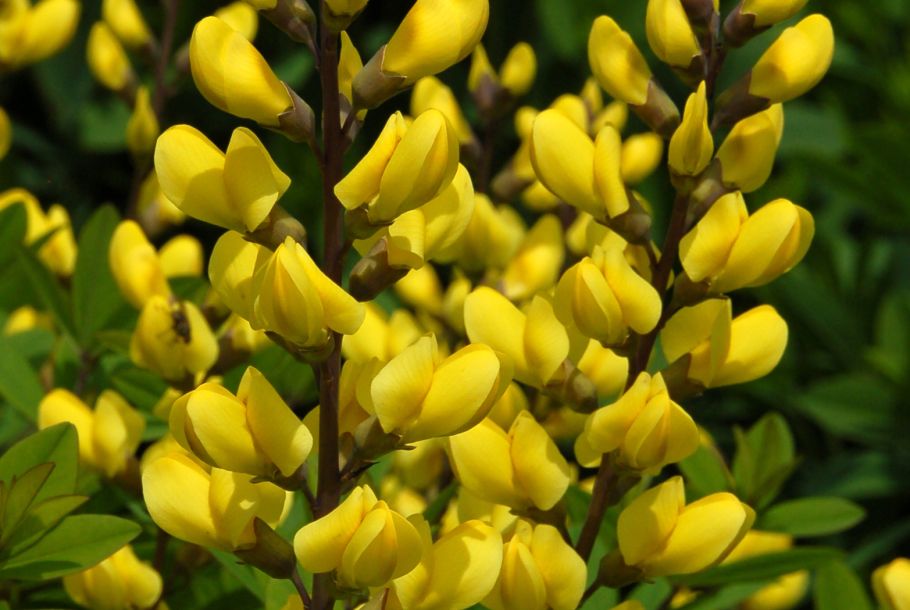
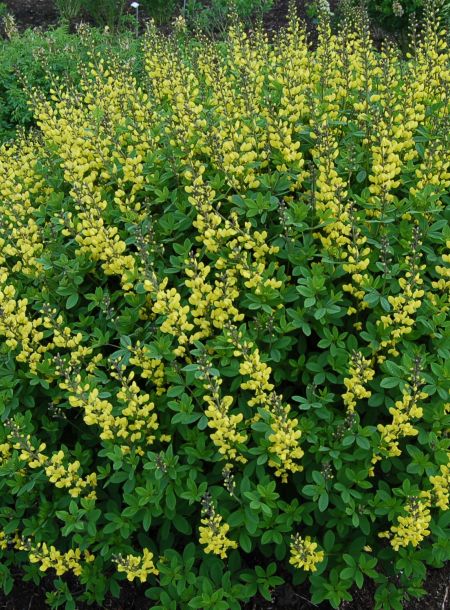

Cultural Details
TYPE
-
Light:Full sun
-
Soil:Moist, but well-drained, fairly adaptable to many soils
-
Moisture:Drought tolerant once established
-
Hardiness Zone4-9
-
Bloom Time:Summer
-
Bloom Color:Bright yellow
-
Fruit TimeFall
-
Fruit ColorGray
-
Size:3.5' tall by 5' wide
-
Diseases & Pests:False indigos exhibit good to excellent disease resistance. A seed weevil will predate the seed, but this does not detract from either plant health or display value. The genista broom moth caterpillar (Uresiphita reversalis) can seriously defoliate plants of Baptisia, but this tends to be more of a problem in warmer climes.
What Makes Me Special?
Landscape Use
Origin
The Prairieblues™ false indigos were developed by Jim Ault, Ph.D., at the Chicago Botanic Garden from crosses made between 1999 and 2004. The selections were developed from crossing Baptisia albescens (formerly B. alba), B. australis var. australis, B. australis var. minor, B. bracteata (formerly B. leucophaea), B. sphaerocarpa, and B. tinctoria in various c ombinations. All parent plants and selections were grown in-ground at the Chicago Botanic Garden (USDA Zone 5b) during the breeding and selection process.
